You will be in front of the city made to measure for Peter the Great. A city that has always fought among the most important cities in the world, because of its size and beauty it pays tribute to the European neoclassical influence that was established in its time, but at the same time it combines with Russian architecture to give it an original touch. And as if that were not enough, its Venetian-style canals give it greater value, used for tourism and daily walks. The Russian pride made city will be shown to you in this tourist map of Saint Petersburg. It will be a walk where architectural elements and history merge in a dose of magic that in the past was thought to be established in spite of the swaying of the years and the progress of man. We want you to have the best information at hand, so read on.
St. Petersburg Tourist Map
Contents
With the intention of moving to Moscow this city rises to be the Capital for a few years. Peter the Great was behind this project that was positioned as “The Window of Europe”, given its strategic position. Besides, his stay in the Netherlands allowed him to acquire all the architectural and artistic influence, and even the name of what would become one of the main cities of the world. The exit to the sea that Russia needed for its expansion was from the north, towards the Baltic Sea, due to the blockade offered by the Ottoman Empire. This city was built in times of war, and the faithful proof is the Fortress of Saint Peter and Saint Paul, located on one of its islands. Similarly, the Venetian style, fascination of the young tsar allowed to organize the city with channels like Griboedova with few bridges and Dutch style roads.
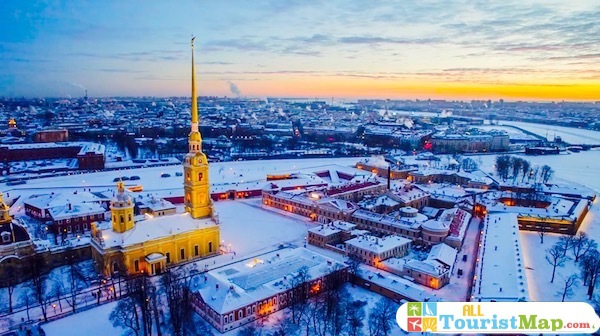
In spite of the harsh climate and terrain, the city continued to grow, gaining ground with drained palaces, avenues and important temples. Its architecture is based on the baroque and neoclassical European that we can see in most of its buildings placiegos, being these the biggest tourist attraction of the city. The Hermitaje with its impressive collection of artistic and historical pieces is always in the center of any plan of visits to the city, especially with the palace of Winter, which once conceived the dwelling of the monarchy, is one of the main references of this set. The Cathedral of San Salvador Sobre la Sangre and San Issac have an interesting history related to the tsars. The history is interpreted with the Aurora Cruise, which with its numerous battles has become the favourite museum of history and living war in Russia.
St. Petersburg Tourist Guide
This city, whose name was also Leningrad and Petrograd, encompasses a number of architectural trends, but also the history that marked the development of Russia. Its style influenced by French, Italian and Dutch trends gives it a unique touch, distributed in a group of islands. To make the best use of this complex territory we offer this tourist guide of St. Petersburg with which you will have a better orientation about the paths to take during the tour through its main architectural centers that are mere concentrates of beauty, history and the mysticism of an environment that is also in constant change, like every modern and emerging city. In order to get to know this city better, we recommend that you stay at least a couple of days. It would be useless and a waste to go to the race in a city that cost so much to build.
Sightseeing route of St. Petersburg
What to visit in St. Petersburg
The Hermitage
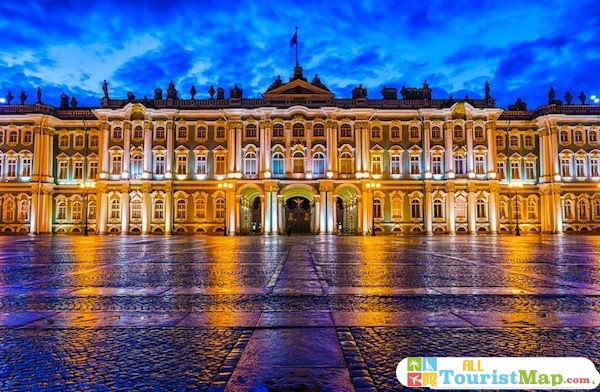
The Hermitage is composed of a group of palaces whose current function is to house about 2 million works of art. There are 5 buildings that integrate beauty, modernism and extension in enormous rooms with signs of oriental or European cultures from antiquity to the present day. Its precedent would have “David saying goodbye to Jonathan” and the Venus of Taurida”, but the concept of museum was adopted by Catherine II who received from a Teutonic merchant a set of works as payment. After that the monarch agreed to monopolize all kinds of works in auctions, it was from then on that the adjacent palaces, by relocations, restorations and expansion of the artistic heritage were occupying what today is this great museum that easily could give you a walk through the chronology of Russian and European art. The tours are of course also taught in Spanish.
Peterehof
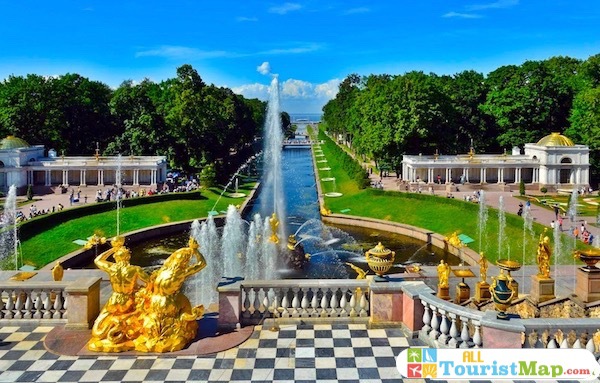
The excellent thing about the places to visit in St. Petersburg and its surroundings is that they are mere concentrates of historical buildings and beautiful spaces. Just like this complex that could not be less, heritage of UNESCO. It emulates the Versailles with beautiful gardens in its surroundings. In itself it is a city within a large city that Peter the Great had built and which served as the residence of the tsars. The baroque style of the Palais Grande marks a succession of smaller palaces that are enhanced by the surrounding gardens. The museums, churches, fountains and sculptures are at the visitor’s disposal. It is necessary to pay an entrance fee to enter the complex, and to have an interpretation of each room. In addition, tourism has enabled it to offer services such as commerce, gastronomy, communications and boat or bike rental routes.
San Pedro and San Pablo Fortress
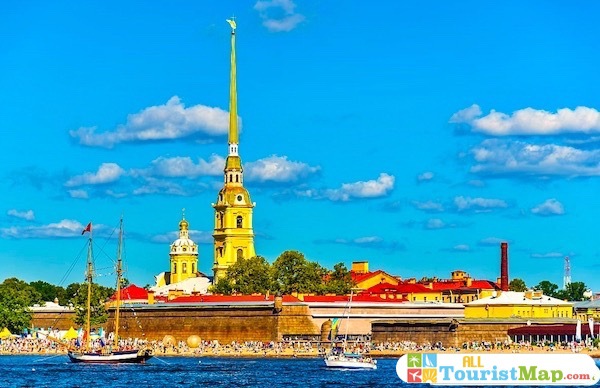
This fortress had several uses, from prison to barracks, any with more relevance than its original function. A history without equal is a surprise that only the internal guides will be able to reveal to you when you are about to visit this complex. The buildings served as defense against incursions into the Neva River and the Kronverk Canal. It is considered the best preserved fortified complex in the old continent. More remarkable is the function of garrison and prison of important personalities such as Leon Trosky or Alexei, who was executed at the decision of Peter the Great, his father. Since the Bolshevik seizure the enclosure became a Museum of History, even after its reconstruction by the German siege during World War II. In the same place you can find the Cathedral of St. Peter and St. Paul in a baroque style.
St. Issac’s Cathedral
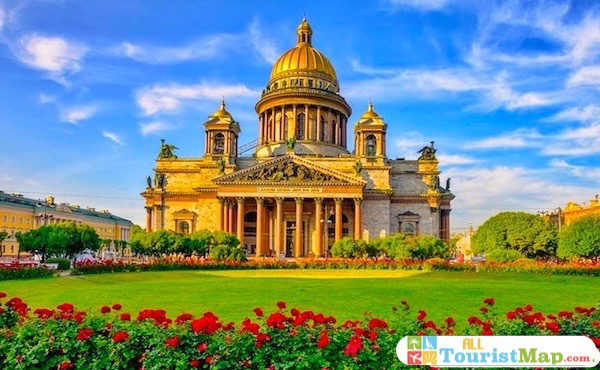
This majestic 18th century cathedral welcomes us with open arms in the middle of the square with the same name. First of all, it consisted of a small church. Due to the pace of growth of the city, it was subject to changes. Even nature forced it to be remodeled until it became what it is today. The consecration to the Cathedral took place in the 19th century and after the revolution it suffered vexations and looting. In later wars its basements were a refuge for artistic relics. It is one of the many cathedrals in Russia and one of the few in the world that are dedicated to programming tourist walks to teach about its history. It is one of the promoters of the culture and the art, at the same time that it imparts his customary masses.
Cathedral of San Salvador on the Blood
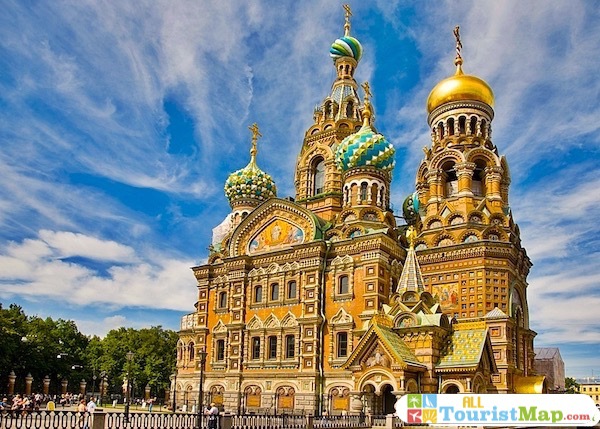
Its original name is the Church of the Resurrection of Christ. But its present name alludes to the assassination of Tsar Alexander II. It’s an interesting story that involves the actual site of the events of that attack by some insurgents of the time. Later his successor ordered the construction of this church, with an altar at the exact site of his bloodshed. This character, paradoxically kind to the noble status of the time, inspired after his assassination in 1881 to erect one of the most significant architectural gems of St. Petersburg. With an enormous space of more than 7 thousand square meters there are mosaics that tell biblical passages and the stories of some Russian dynasties. The essential materials were various shades of marble, and together with it the stones in great quantity to give it a privileged position among the most important mosaics in Europe.
Aurora Cruise
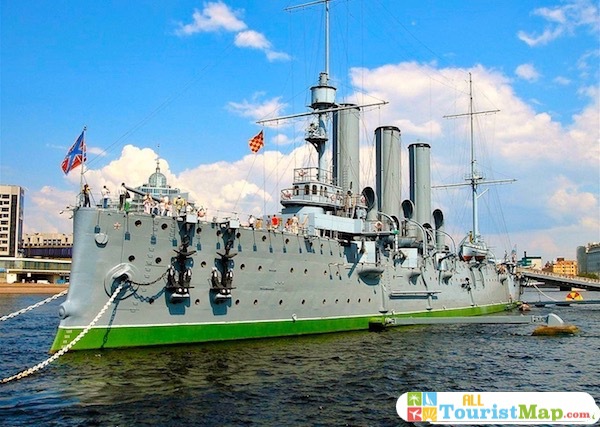
The Revolution in St. Petersburg is written in the corners of this work of naval engineering. It contains more than history, it channels feelings towards the identity that symbolizes the ideology of socialism. It was in intense service during the war with Japan at the beginning of the 20th century. Later, it sailed to different corners as a naval school and participated during the two world wars. He had a remarkable intervention against the Nazis in the Gulf of Finland using maximum weaponry capacity. Among many stories this ship refuses to die, being brought to life and put afloat. Currently serving as an honorable museum, the history of the revolution is steeped in the roots of the Czarist era. Likewise, the incredible mechanics of this ship are on display to the public. We assure you that a living museum like this one will never be another like it.
Griboedova Canal
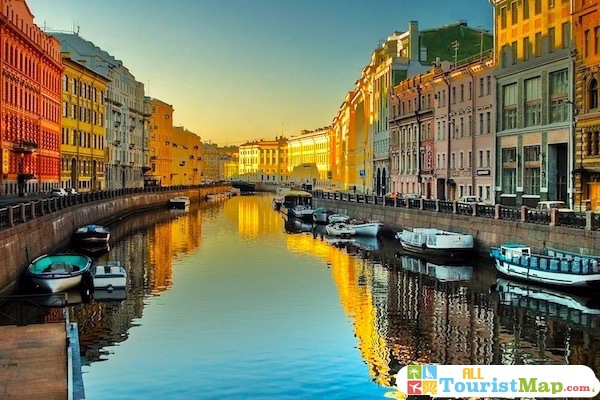
St. Petersburg is also known for being the Russian Venice, a Venice to the north, the missing detail. Its location next to the Moika River and the marshy condition forced the city to build networks of canals and drains that modified the lake environment within the city. Today, most of its canals are navigable. Through them, a different and pleasant side of the city can be obtained. It is the best option to spend an entire afternoon, specifically on the Griboedova Canal, built in the 18th century. The fabulous thing about the canal is the night perspective you get of the city. That also counts for the winter when the surface freezes. This extremely important canal, which was once named after Empress Catherine, is considered by the inhabitants to be just another street.
Suvorovskaya Square
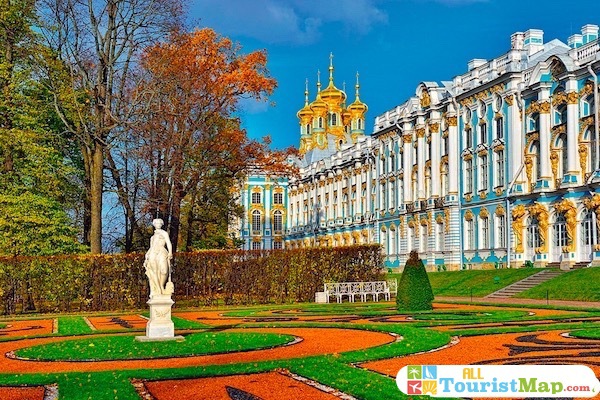
This square is another large cluster of palaces that exalt the neoclassical as an attribute of beauty. There are few places where you can admire different shades of marble from the current Lenin Museum commissioned by Mikhail Nikalaevic. The most relevant monument at the foot of the square is known as the Field to Mars, dedicated to the fallen during Rudnev’s revolutionary exploits. One of the most popular channels of St. Petersburg, the Swan Channel which is responsible for the existence of an island where a beautiful garden is erected being the most colorful of the place. In the heart of the square you can access the Museum of Interior Architecture; a majestic 18th century baroque building with a Dutch air. You should pay attention to the fine ironwork of the Casita del Té y del Café.
Nevski Prospekt
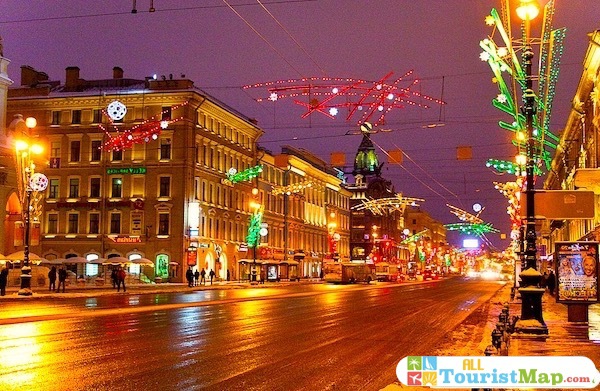
Which translated refers to Nevski Avenue, represents the commercial and urban lung of St. Petersburg. With a lot of history to tell, perhaps the oldest in the world. Of course it houses important palaces with Italian and Dutch style. Its 4 kilometers extend to countless institutions and temples of different branches. The Kazanskaja Square which gives access to the famous Cathedral of Our Lady of Kazan. This square was designed for the 18th century; who would have thought it, today it constitutes a palatial route where a good quantity of architectural treasures are discovered like the House of the Books, or Eliséiev Emporium. Urban life is also reflected in street art. The statue of Empress Catherine, its passages, cinemas and bridges symbolise beauty and jealously guarded heritage.
Map of Hotels in St. Petersburg
Architectural tourism is high-end tourism, the city is well distributed and of course equipped with excellent hotels. It is important to know which areas are suitable for relaxation. Of course, the historical center always takes the top prize, but it deserves to take up a good part of the budget. You can also opt for Tsentralny, a place highly appreciated by tourists due to its varied offer of hotels and leisure facilities. If you prefer a more serene atmosphere then Admiralteyskiy is ideal for you. However, our map of hotels in St. Petersburg is a step ahead of the best rated hotels. Herzen House would be great for you, because of its central location and close to Nevsky Avenue. Something you will love is the attention and the appetizers they serve there.
